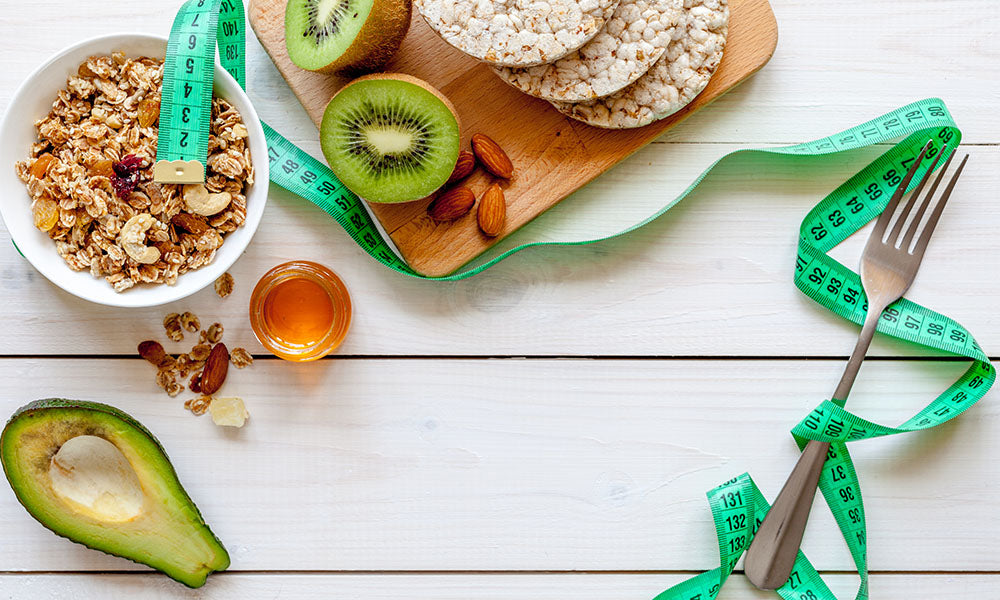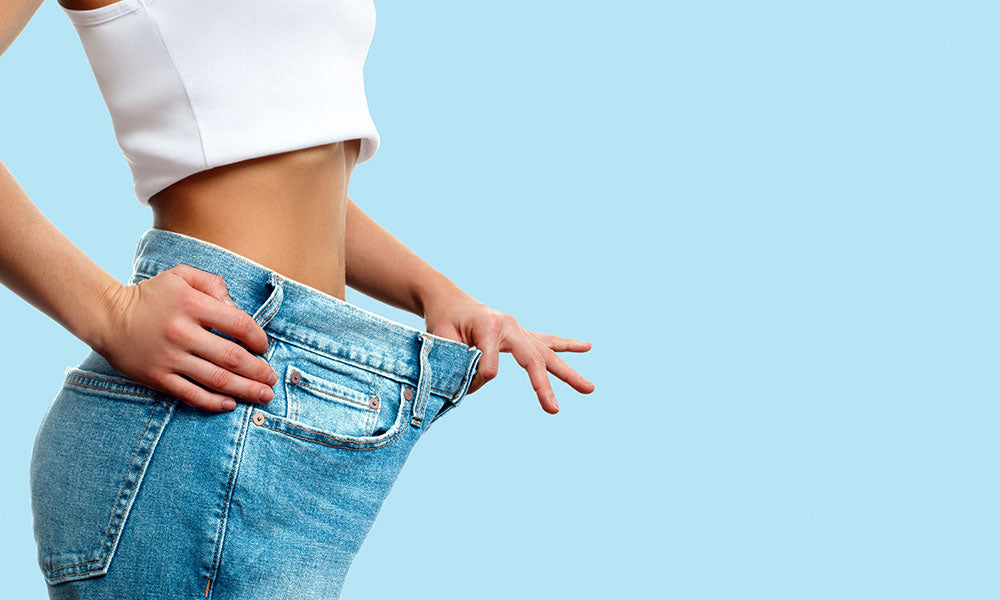If you’re a bodybuilder that just came out of competition, the chances are that the diet that you had been following is finally over and it’s time to gorge down on all those pizzas and ice-creams you’ve been holding off on.
You could do that, but you need to be prepared for the excessive weight that is incoming. It is natural for bodybuilders to experience post-competition depression because of excessive weight gain. There is a good way of tackling this which is known as reverse dieting.
This blog is aimed to guide you through the “whats” and “hows” of reverse dieting and how it will help you maintain composure after getting out of a seriously restrictive diet.
What is a Reverse Diet?
Reverse dieting is exactly what it sounds like, the act of gradually increasing your calorie count and decreasing cardio. Sounds easy, right? Well, reverse dieting isn’t just eating more and working less; you need to be strategic and patient about how you intake your calories, making sure you maximize gains without storing fats. If you want to understand reverse dieting, you need to understand the theory of metabolic adaption.
 Metabolic Adaption
Metabolic Adaption
When you restrict the calorie intake in your body, your body will sense the gap in energy and the drop in body fat. To compensate for the drop in energy, somebody systems come together to reduce your metabolism. This could be any of the following:
- Less energy consumed by your organs.
- Sympathetic activity declines meaning your heart beats slower.
- Hormones like Thyroid, testosterone, leptin, and ghrelin are adversely affected.
- Your body burns less energy during minor tasks such as waking and doing chores.
- Your muscles require less energy meaning they become much more efficient.
 How to do a Reverse Diet
How to do a Reverse Diet
Reverse dieting can be a very difficult plan to follow since it demands immense control and self-discipline. The key to success with this diet is to take it slow and steady and understand that “too low” is better than “too high.”
Make a Plan
Before you get into the reverse diet, you need to track the calories that you are currently taking to establish a baseline. Let’s suppose that this number is 1,800. Next, you need to determine the amount of protein you will need to intake daily. Let’s for the sake of this example your weight is 200 lbs.
You need to take a gram per pound of your body weight. Finally, you deduct the calories from the baseline and determine the remaining calories.
- 200 gram of protein x 4 calories per gram = 800 calories
- 1,800 calories from baseline – 800 calories of protein = 1000 calories remaining
 Decide how quickly you want to increase carbs and fats
Decide how quickly you want to increase carbs and fats
If you aren’t concerned about gaining fat and are looking to add muscles while you’re on the reverse, you might want to increase your fat and carb intake a lot quicker (aggressive reverse). On the other hand, If fat is a pressing concern, then you would benefit from slowly increasing the intake of fats and carbs in your diet (conservative reverse).
Increase fat and carbs by your goals
- If you are looking to go for an aggressive reverse, you can increase your fat and carb intake by 6-10% every week, increasing it by 25% in the first week to give yourself that boost
- If you are opting for the conservative approach, you need to increase the carb and fat intake by 2-3% every week.
Keep track of your weight
It is important to keep tracking your weight gain. It is advised that you pick 2-3 days every week to keep a track on how much your weight has gained. If you see a large spike in weight gain in a week, you might want to decrease the rate by which you increase your fats and carbs, on the other hand, if your weight is constant, you might want to increase the rate a bit higher on both fats and carbs.
 Decrease cardio, increase lifting
Decrease cardio, increase lifting
Since you are trying to gain weight, you need to make sure that you are reducing cardio and increasing heavy lifting. Cardio will burn more calories, and that is something you do not want during a reverse diet.
When satisfied, pick your next action
Once you have a reached a level where you are satisfied with both your weight and your caloric intake, you can choose to stay at that level or lose weight again. Make sure that whatever action you choose, you need to be calculated and not abruptly jump to a diet, slashing off calories.
 Benefits of Following a Reverse Diet
Benefits of Following a Reverse Diet
The most obvious benefit is that you can avoid the post-diet rebound, which is basically stuffing yourself with every kind of junk food under the sun. Reverse dieting is a great way of gradually increasing your calories, giving your metabolism to catch up with the surplus of calories that you are taking.
Apart from its physical benefits, there are also psychological benefits associated with this diet. Since you are controlling your intake, you will not feel the depression and discomfort of the rapid weight gain. The main motive of reverse dieting is to increase calories without increasing too much body weight. If done right, you will gain weight in muscles that will keep you in a maintained body condition. 






